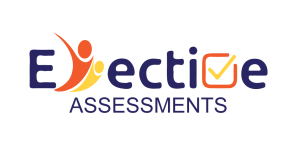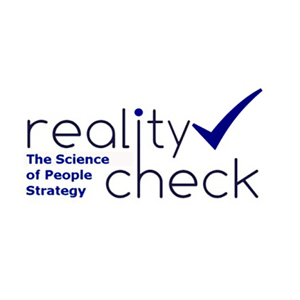The Human Capital Balanced Scorecard (Well-Being Indicator (WBI™/Organisational Health) assesses the pulse of the organisation, division, business unit and individual giving a ‘snapshot’ of the current state of Wellness. Thus, giving you an Understanding the impact of your “Well-Being” on the team performance and its financial health It provides a Scientifically Validated Human Capital Report.
Dr Juniper defines it as, “That part of an employee’s overall well being – perceived to be determined primarily by work and can be influenced by workplace interventions.”
In short, employee well-being identifies the individual’s happiness at work. A significant influence on their happiness level is their subjective opinions surrounding their job and their employer. Employee well-being considers the all-encompassing views, feelings and perceptions about their jobs and their organisation.
Employers need to know whether their employees are happy with their jobs and their following levels in order to fully understand their well-being:
- Achievement
- Expectations
- Focus of control
- General overall satisfaction
- Job Satisfaction
- Stress levels
- Frustrations
- Expectations
Where employee well-being reduces, so typically does his/her performance and effectiveness.
Across a team or entire organisation, if employee’s well-being is undermined, many key Organisational performance factors can be negatively impacted, for example:
- Reduced productivity
- Increased mistakes and errors
- Conflict (with colleagues and up-line/down-line management/subordinates)
- Grievance and disciplinary incidents
- Sickness and absenteeism
- Low morale and negative atmosphere
- Poor customer services and quality
- Resignations and job terminations (causing increased staff turnover)
- Poor employer reputation among staff, customers, and potential new recruits
Understanding the risks to employees in relation to stress and well-being is an increasingly important responsibility for employers. And at Effective Assessments, we have the right tools to measure this in relation to both Employee Engagement and Personal Driving Dynamics.








